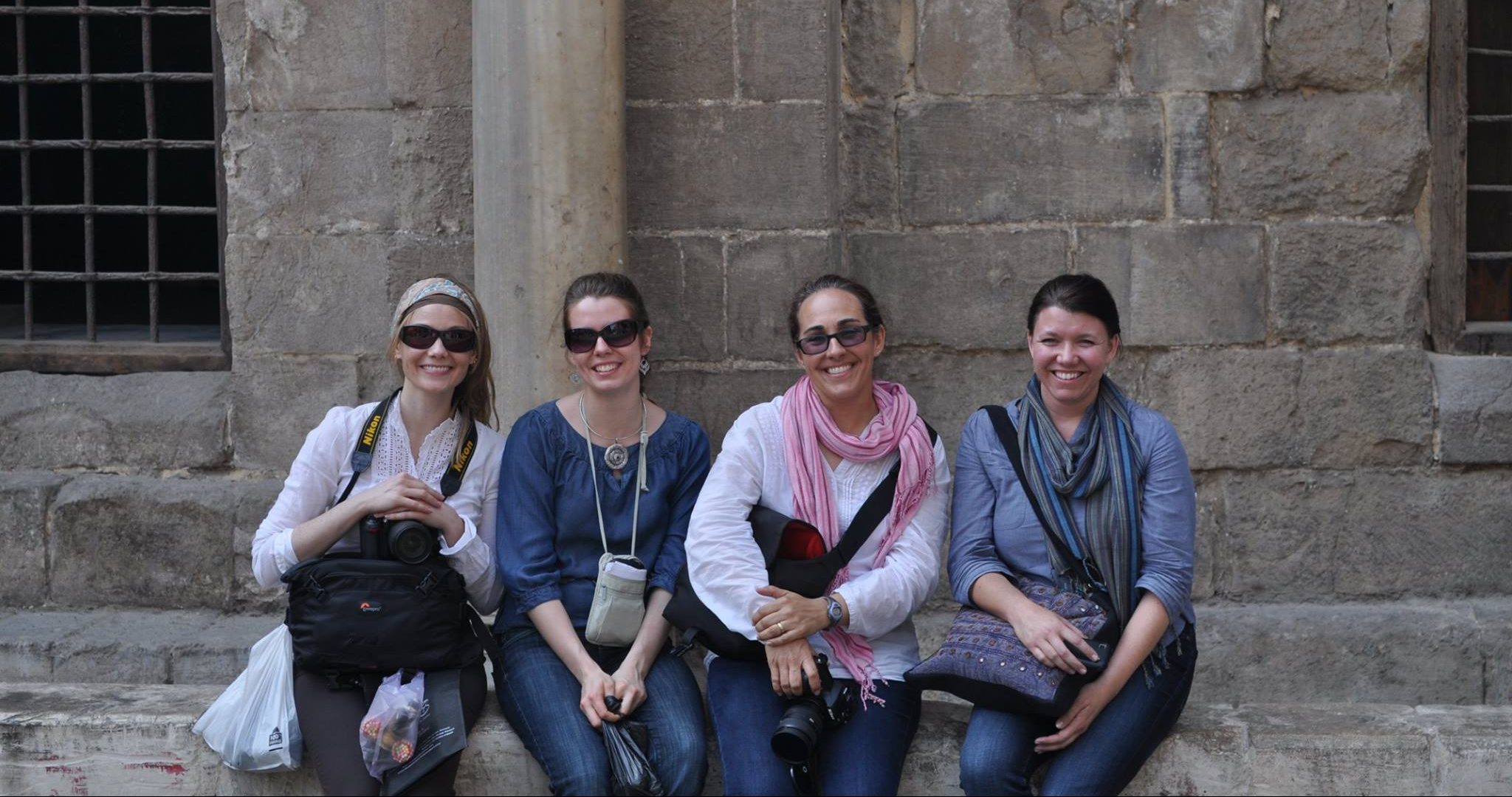Meet Ahmed. Ahmed sells drinks in our neighborhood. Mind, these are not just any drinks. These are Ramadan drinks, and that makes him a hero in al-Arab.
(Ahmed, always ready with a smile and a drink)
You see, after a day of fasting, people want to drink. A lot. Add to that the celebratory nature of sugar and – khalaas – you get a market for specialty Ramadan drinks.
If you are invited to an iftar this season and are wondering what to bring, you’ll not go wrong with several big bottles of Ramadan drinks. Attractive to the eye and the palette, your gift of Ramadan drinks will be gratefully received and will be the first thing to go once the meal starts.
Ahmed will gladly sell you half a dozen bottles from his cart, but I’ll take you through some of the most traditional drinks one by one so that you can make an informed choice. You’re welcome. Bonus tip: Stay with me until the end and I’ll reveal my favorite of them all.
(Mango and strawberry juice…yum!)
Karkaday: Karkaday is an herbal tea infusion made from dried hibiscus flowers. The tart, deep red infusion is then chilled and mixed with lots of sugar. Karkaday is popular all over the world; I first encountered it by the name jamaica when working at a taco shop in the USA. I found it again in a marketplace in Kiev.
Tamer Hindi: Tamer Hindi is a sweet and sour beverage made from tamarind paste, sugar, and water. Its color ranges from brown to nearly black.
(Don’t want a bottle? No problem! Buy a bag of tamer hindi!)
Qamar el-Din: Qamar el-Din is made from sheets of dried apricots. You soak the sheets in boiling water, let the mixture cool, and then add sugar and rose water. The result is a thick, orange-colored beverage.
‘Erk el-Sus: ‘Erk el-Sus is made from the licorice root. Its slightly bitter taste is offset by lots of sugar. As a side note, I discovered ‘erk el-sus at a dry goods shop when searching for a sore throat remedy. I make and serve it hot to my family whenever someone catches a cold. Egyptian are always startled when they learn I serve this drink hot, as ‘erk el-sus is usually served chilled on a hot summer day – or during Ramadan.
(These guys can still be seen today in the streets of Cairo selling ‘erk al-sus)
Sobia: Last, but not certainly least, we have sobia – my absolute favorite of all the Ramadan drinks. Sobia is made from rice flour, coconut powder, milk, and sugar. You may have encountered a version of this drink by the name horchata at Mexican food restaurants. In fact, I used to work at a taco shop in the U.S., and I took full advantage of the free-drinks-for-employees policy. 48ozs of horchata? Daily!
(I’ll take that entire tank of sobia, please!)
These days, I limit my sobia consumption to 8oz cups and only during the month of Ramadan. You can buy sobia ready-made or make it yourself from a powder available at most grocery and dry goods stores.
Where to buy Ramadan drinks: If you keep your eyes open, you’ll notice that carts like Ahmed’s begin to appear an hour or two before sunset each day during the month of Ramadan. You can also pop on over to your local juice stand, where you’ll find bottles of Ramadan drinks for sale during the entire month.
(It’s a month of Black Fridays for the juice industry)
Bottom line, these drinks are the egg nog of Ramadan. You just have to have them. My only words of caution are these: 1) drink them sparingly if attending an iftar on a felucca and 2) chase them down with plenty of water. Sugary drinks just make you thirstier.
And in case you forgot, sobia is my favorite drink…of all time. So, if you are near my neighborhood of al-Arab near sunset and want to knock back a liter (or two) of sobia, drop me a line. I’ll meet you there!


